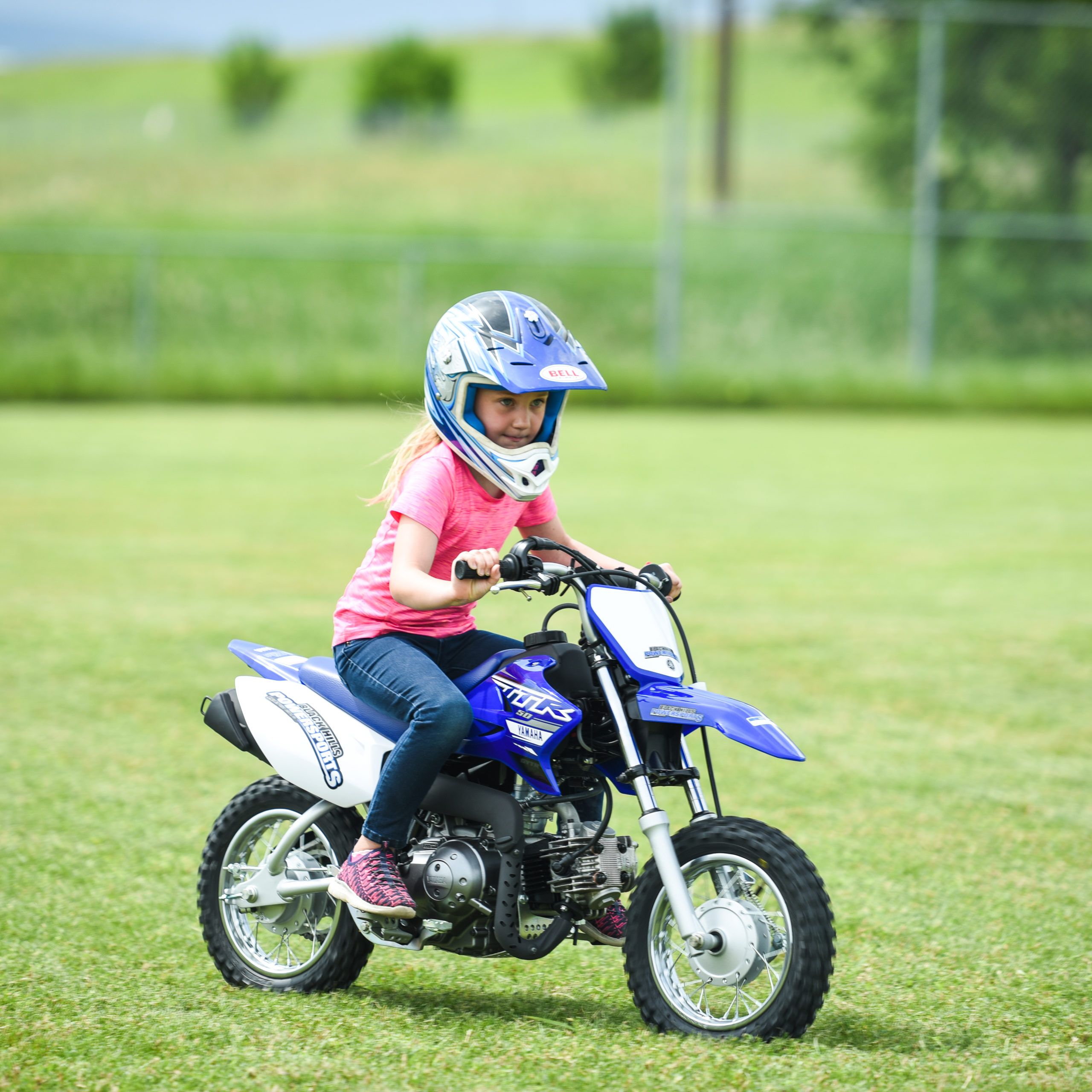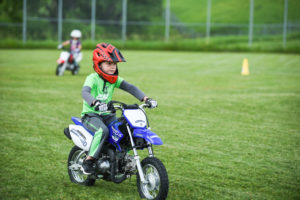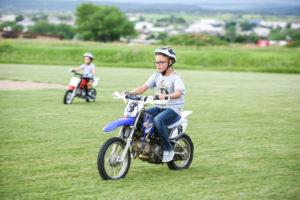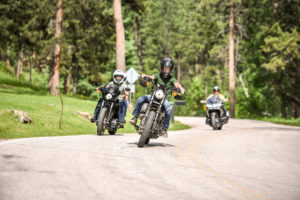
Why It’s Easy For Some Bicycle Riders To Transition To Motorcycle Riders
 Anyone that rides a motorcycle knows it all starts with riding a bicycle. In fact, if you participate in a motorcycle safety foundation course, most instructors will begin the class by asking what experience/skill level you have. They are curious to find out if the student has never even sat on a motorcycle, been a passenger only, or maybe has been riding for years. When the instructor learns the student has never been on a motorcycle, the next question is, “Have you ever ridden a bicycle?” The ability to balance a bicycle is a natural steppingstone in the skillset and desire to ride a motorcycle. The key to learning to ride a bike is balance. Training wheels don’t help in teaching someone how to ride a bike, sure they help you learn how to pedal and steer, but those are the easy parts. Take the training wheels off, and you are back to square one, how to balance the bike. Balancing is the skill needed to ride a bike successfully, and once achieved, some riders are intrigued to take it to the next level, a bike with power!
Anyone that rides a motorcycle knows it all starts with riding a bicycle. In fact, if you participate in a motorcycle safety foundation course, most instructors will begin the class by asking what experience/skill level you have. They are curious to find out if the student has never even sat on a motorcycle, been a passenger only, or maybe has been riding for years. When the instructor learns the student has never been on a motorcycle, the next question is, “Have you ever ridden a bicycle?” The ability to balance a bicycle is a natural steppingstone in the skillset and desire to ride a motorcycle. The key to learning to ride a bike is balance. Training wheels don’t help in teaching someone how to ride a bike, sure they help you learn how to pedal and steer, but those are the easy parts. Take the training wheels off, and you are back to square one, how to balance the bike. Balancing is the skill needed to ride a bike successfully, and once achieved, some riders are intrigued to take it to the next level, a bike with power!

Riding a bike naturally evokes strong emotions and sensations. Biking is more than just a means of transportation to get you from point a to point b; it provides physical and emotional feelings, making it enjoyable. The first attempts to learn to ride a bike will include stumbles, maybe some spills, and a bit of frustration. Learning the coordination of balancing, steering, pedaling, and moving can be tricky at first. Once the balancing part gets mastered, and the first pedal strokes happen, a strong feeling of accomplishment and pride take over, and you can’t help but smile. Suddenly, your world has just opened to limitless possibilities. A new sense of freedom creeps in, and the thrill of the ride has captured your heart. Biking is historically associated with one word: freedom. It gives you the freedom to explore, embark on adventures, and discover something new. Biking also creates a broad spectrum of feelings, which can induce adrenaline and excitement. Riding a bike will make you feel triumphant as you conquer a tricky pathway. It can also make you feel terrified of not making a tight turn resulting in landing on the ground. It can then make you feel successful as you manage not to wipe out. All these emotions are exhilarating and addicting and what keep people loving two wheels.

If you have ever ridden a bicycle, then you know that feeling. It’s that simple feeling of freedom. Being the one in control and exploring something new, feeling the wind in your hair and the sun on your face. It’s the sensation of speed and mobility. If a self-propelled bike can bring that much exhilaration, try to imagine what a motorized bicycle will do. When someone is ready to step up their biking game, they tend to gravitate towards two wheels with a throttle — all the above emotions and adrenaline amplified by the power of the motorcycle. The roads go further, adventures last longer, and the smiles become permanent. The best part, there is only one more step to learn, coordinating the throttle and brakes. Bicycle riders already know how to balance on two wheels, so this can be learned rather quickly for savvy bicycle riders.
Not everyone who learns to ride a bicycle will be interested in progressing to motorcycles, but everyone that rides a bicycle will live a life fueled by the same passion, passion for two wheels, and all the benefits it provides! All bike riding (motorized or not) is going to deliver an experience full of fun and adventure. The All Kids Bike program does a great job of introducing students in the kindergarten PE classroom to the wonders and benefits riding bicycles provide. Students gain a lifelong skill capable to bring them on many adventures over the years to come!